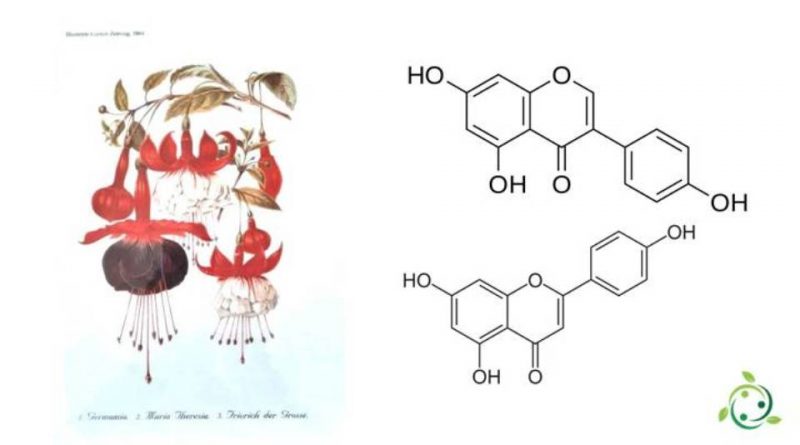Flavonoids
Flavonoids
Flavonoids are a class of polyphenolic compounds secondary metabolites of plants.
This class of compounds comprises more than 6,000 different molecules. Flavonoids are able to exert various biological activities that are very useful for the body. Hence, the importance for health attributed to these compounds.
The term is completely interchangeable with bioflavonoids, the name by which these nutrients are commonly known. Sometimes they are grouped under the name vitamin P.
From a chemical-physical point of view, they are mainly water-soluble and usually present in plants as glycosides and, within them, an aglycone can exist in combination with different sugars.
More than 4000 flavonoid glycosides and more than 1800 aglycones belonging to this class are currently known.
Among the properties that are attributed to flavonoids, of greatest interest, we remember without a doubt: the antioxidant action, the protective action on the microcirculation, the estrogenic-like action and the anti-inflammatory action. Furthermore, in the field of medical-pharmaceutical research, the potential anticancer properties and the preventive / beneficial role that these compounds are able to exert in the presence of diseases of different origin and nature are particularly (but not exclusively) investigated.
At the plant level, many flavonoids are easily recognizable as flower pigments in most angiosperms. On the other hand, their distribution is not limited to flowers, but includes all parts of the plant, in particular fruits and leaves.
In fact, their name derives from flavus, that is blond, which refers to the role they play as plant pigments. The coloring they give to the tissues depends on the pH; in fact they are indicators.
Blue pigments are formed by chelation with certain metal ions (e.g. Fe3 + or Al3 +). Anthocyanins, a specific group of flavonoids, are responsible for the red, blue and violet colors of flowers and fruits and are therefore very important as a mediator of pollination and therefore the variety of color shades associated with anthocyanins is increased through the evolutionary process.
Furthermore, it should be noted that other flavonoids, flavones and flavonols, although not colored for the human eye, absorb very strongly in the UV spectrum and can therefore be seen by insects. Most often they are found in the center of flowers and serve as a guide for landing.
Chemically, the various subclasses of bioflavonoids are classified according to the C ring substitution scheme. Both the oxidation state of the heterocyclic ring and the position of the B ring are important for the classification. We will thus have:
– Flavones, derived from 2-phenylcromen-4-one (2-phenyl-1,4-benzopyrone);
– Isoflavones, derived from 3-phenylcromen-4-one (3-phenyl-1,4-benzopyrone);
– Neoflavones, derived from 4-phenylcoumarin (4-phenyl-1,2-benzopyrone).
Warning: The information shown is not medical advice and may not be accurate. The contents are for illustrative purposes only and do not replace medical advice.

